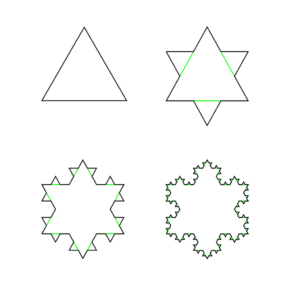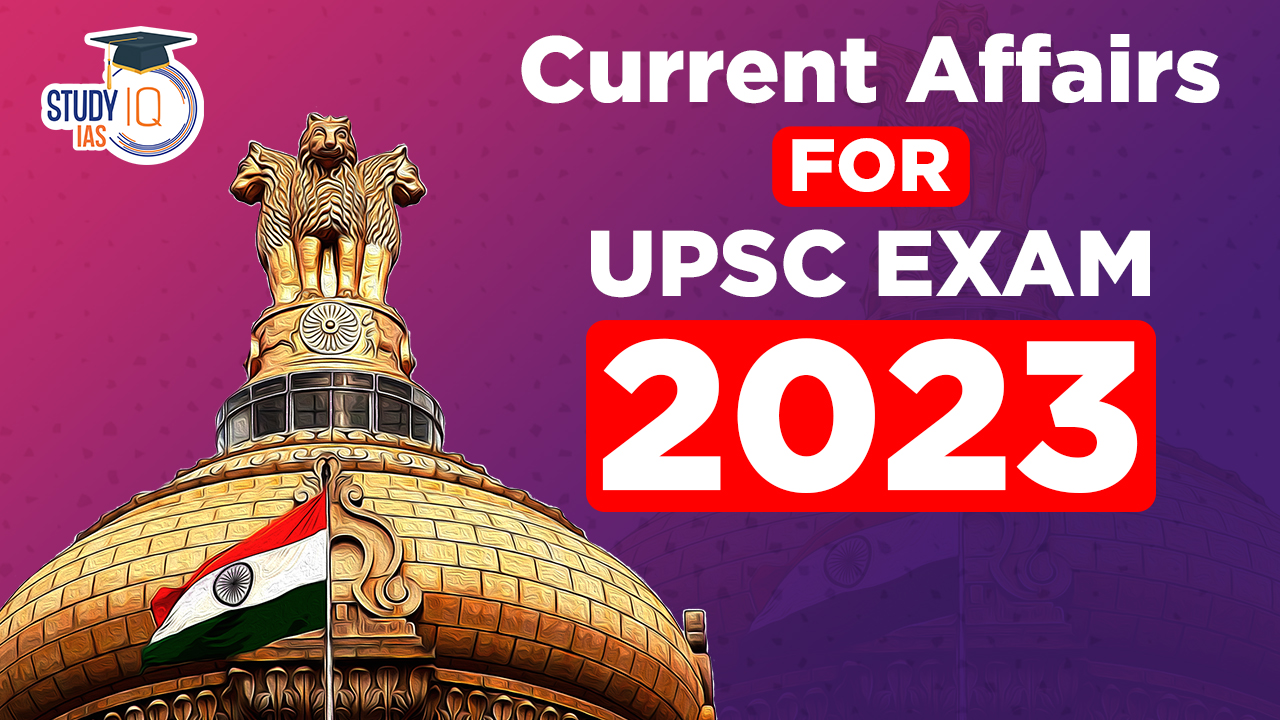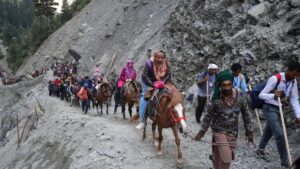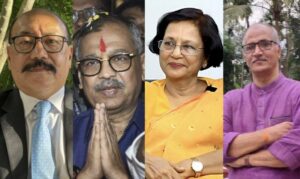Table of Contents
Debt Brake Rule
Context: Germany’s constitutional court declared the government’s reallocation of €60 billion to a “climate and transformation fund” (KTF) as unlawful.
What Is Debt Brake Rule?
- The debt brake rule is a fiscal policy measure implemented in some countries to limit government borrowing and promote fiscal responsibility.
- It typically sets a cap on the government’s budget deficit, expressed as a percentage of the country’s Gross Domestic Product
- Examples of countries with debt brake rules: Germany, Switzerland, Netherlands, Finland(GDP).
- Specifics of the rule:
- Cap on budget deficit: The rule typically specifies a maximum allowable deficit as a percentage of GDP. For example, Germany’s debt brake limits the federal government’s structural budget deficit to 0.35% of GDP.
- Exceptions: Some exceptions may be allowed for extraordinary circumstances, such as natural disasters or severe economic downturns.
- Implementation: The rule can be enshrined in a constitution, legislation, or fiscal framework.
We’re now on WhatsApp. Click to Join
Fractals in Quantum Physics and Their Applications
Context: Physicists are using fractal geometry to study quantum systems.
What Are Fractals?
- Fractals are geometrical shapes that repeat the same intricate patterns at different scales (ever at smaller magnifications).
- They are created by repeating a simple process over and over in an ongoing feedback loop.

- Examples:
- The Mandelbrot Set: This is one of the most famous fractals, known for its intricate and colourful patterns. Zooming into different parts of the Mandelbrot set reveals a seemingly endless variety of shapes and structures.
- Human fingerprints, shells of snails, tree shells, etc.
- Application:
- Pioneering Fractal Applications: Analyzing Brownian motion, the jittery dance of microscopic particles, marked the first foray of fractals into the realm of physics.
- Shrinking Data, Expanding Possibilities: Fractals hold the key to data compression, paving the way for compact and efficient antenna designs.
- Unveiling Nature’s Secrets: From the swirling patterns of galaxies to the intricate dance of life within cells, fractals offer a unique lens to understand nature’s complex systems and hidden patterns.
Martand Temple, Kashmir
Context: A parliamentary panel has recommended the government to explore the possibility of permitting puja and worship at monuments protected by the Archaeological Survey of India (ASI) that have religious significance.
About Martand temple, Kashmir
Historical Background
- Construction by Lalitaditya Muktapida: The Martand Temple was constructed by King Lalitaditya Muktapida of the Karkota Dynasty during his reign from 725 AD to 753 AD.
- Capital at Parihaspora: Lalitaditya established his capital at Parihaspora, with surviving ruins still present today.
Architectural Design
- Unique Three-Chamber Structure: The temple is dedicated to Vishnu-Surya and features a unique three-chambered design, comprising the mandapa, garbhagriha, and antralaya.
- Kashmiri Style with Gandhar Influences: The temple showcases a distinct Kashmiri architectural style, infused with elements from Gandhar.
Historical Significance
- Rajatarangini as a Source: The 12th-century text Rajatarangini by Kalhana references the grandeur of the Martand Temple.
- Confluence of Styles: The ruins indicate a central shrine in a quadrangular courtyard, with a distinctive colonnade of 84 pillars and influences from Greco-Roman, Gandharan Buddhist, and North Indian architecture.
Destruction and Preservation
- Varied Theories on Destruction: Historians debate the cause of the temple’s destruction, attributing it to Sultan Sikandar ‘Butshikan’, natural disasters, or structural faults.
- Jonaraja’s Chronicles: Poet-historian Jonaraja, in his extension of the Rajatarangini, suggests Sultan Sikandar’s involvement in the temple’s ruin.
Contextual Historical Events
- King Harsha’s Actions: About three centuries after Lalitaditya and two centuries before Sultan Sikandar, King Harsha of the Lohara dynasty looted temples for economic reasons, sparing the Martand Temple due to personal significance.


 Operation Shiva 2025: Indian Army’s Ma...
Operation Shiva 2025: Indian Army’s Ma...
 World Youth Skills Day 2025, Theme, Hist...
World Youth Skills Day 2025, Theme, Hist...
 President Murmu Nominates Four Members t...
President Murmu Nominates Four Members t...





















